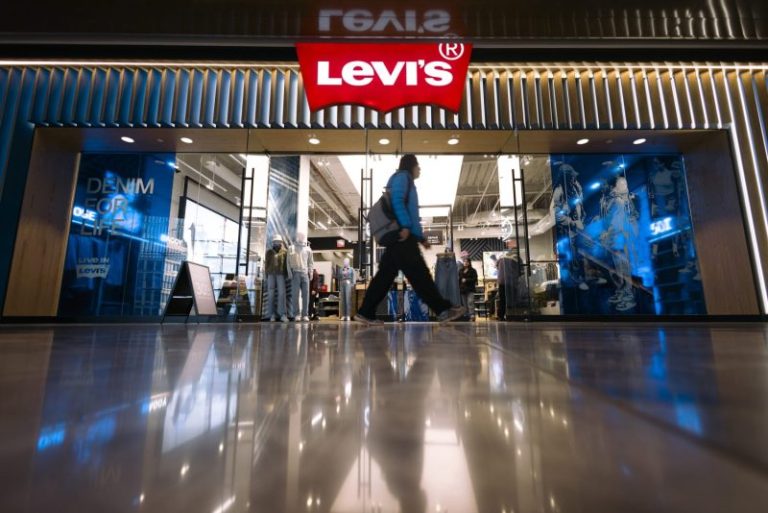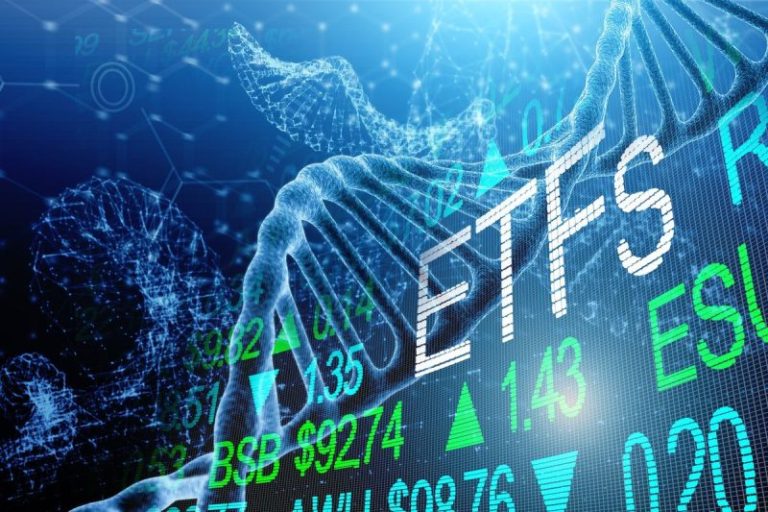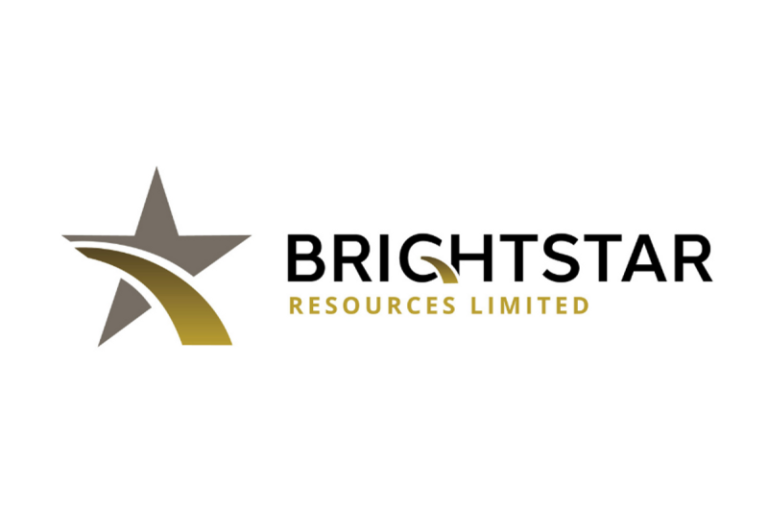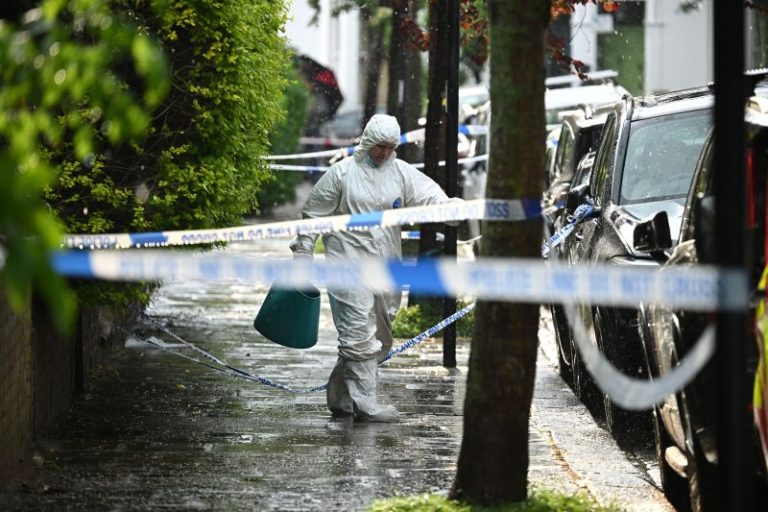Levi Strauss has agreed to sell Dockers to brand management firm Authentic Brands Group for $311 million, the companies announced Tuesday.
Under the terms of the deal, Authentic will own Dockers’ intellectual property while Centric Brands will take on operations, handling manufacturing, sourcing and distribution. Under the brand management business model, Levi’s stands to make up to $391 million in future years based on how well Dockers performs under the Authentic umbrella, which also includes Forever 21′s intellectual property and brands like Reebok and Nautica.
“The Dockers transaction further aligns our portfolio with our strategic priorities, focusing on our direct-to-consumer first approach, growing our international presence and investing in opportunities across women’s and denim lifestyle,” Levi’s CEO Michelle Gass said in a statement. “After a robust process, we are confident that we maximized the value of the business and that Authentic is the right organization to usher in the next chapter of growth for the Dockers brand.”
In October, Levi’s announced it was considering selling Dockers as it looked to focus on growing its namesake line and its athleisure brand, Beyond Yoga. Levi’s created Dockers in 1986 as a hedge against denim and to offer consumers an alternative: khakis. The brand was hugely popular throughout the 1990s and 2000s, but khakis have since fallen out of fashion in the U.S., especially recently as denim makes another comeback.
To grow Dockers, Levi’s needed to offer more tops and bottoms, but the company is doing the same thing at its namesake banner and there was too much overlap between the two brands. Dockers’ performance was also dragging down Levi’s results and Gass, who took the helm of the company a little over a year ago, has been working to cut off extraneous businesses to fuel growth and focus on direct selling.
In the three months ended March 2, Levi’s reported $67 million in revenue related to Dockers. The figure isn’t comparable to the year-ago period because Levi’s only recently started breaking out the performance of each individual brand.
While khakis have fallen out of favor in the U.S., Dockers is still popular abroad, which is what makes a brand management company a strategic fit, according to people who have seen Dockers’ financials and spoke on the condition of anonymity because the details were private. Firms like Authentic are skilled at rapidly licensing and deploying brands internationally.
In a press release, Authentic said it plans to “unlock new opportunities” for Dockers through its global network of 1,700 licensing partners. It said it is in active discussions with regional operators in Latin America, Europe, the Middle East and Asia to expand Dockers’ existing businesses across those markets.
“Few brands own a category the way Dockers does, yet still have so much room to grow,” said Matt Maddox, president at Authentic. “Its legacy in casualwear gives it a strong foundation, but the real opportunity lies in reimagining the brand for a new generation. Through our global platform and deep licensing network, we’re committed to stewarding the brand into its next era of growth and relevance.”










